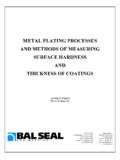Transcription of THE GOAL QUESTION METRIC APPROACH
1 1 THE GOAL QUESTION METRIC APPROACHV ictor R. Basili1 Gianluigi Caldiera1 H. Dieter Rombach2 (1) Institute for Advanced Computer StudiesDepartment of Computer ScienceUniversity Of MarylandCollege Park, Maryland(2) FB InformatikUniversit t KaiserslauternKaiserslautern, with any engineering discipline, software development requires a measurementmechanism for feedback and evaluation. Measurement is a mechanism for creating acorporate memory and an aid in answering a variety of questions associated with theenactment of any software process. It helps support project planning ( , How much willa new project cost?); it allows us to determine the strengths and weaknesses of the currentprocesses and products ( , What is the frequency of certain types of errors?); itprovides a rationale for adopting/refining techniques ( , What is the impact of thetechnique XX on the productivity of the projects?)
2 ; it allows us to evaluate the quality ofspecific processes and products ( , What is the defect density in a specific system afterdeployment?). Measurement also helps, during the course of a project, to assess itsprogress, to take corrective action based on this assessment, and to evaluate the impact ofsuch to many studies made on the application of metrics and models in industrialenvironments (see article "Software Measurement"), measurement, in order to be effectivemust be:1. Focused on specific goals;2. Applied to all life-cycle products, processes and resources;23. Interpreted based on characterization and understanding of the organizationalcontext, environment and means that measurement must be defined in a top-down fashion. It must be focused,based on goals and models. A bottom-up APPROACH will not work because there are manyobservable characteristics in software ( , time, number of defects, complexity, lines ofcode, severity of failures, effort, productivity, defect density), but which metrics one usesand how one interprets them it is not clear without the appropriate models and goals todefine the are a variety of mechanisms for defining measurable goals that have appeared in theliterature: the Quality Function Deployment APPROACH [9], the Goal QUESTION Metricapproach [4, 5, 6, 7], and the Software Quality Metrics APPROACH [8,10].
3 This article willpresent the Goal QUESTION METRIC APPROACH and provide an example of its GOAL QUESTION METRIC APPROACHThe Goal QUESTION METRIC (GQM) APPROACH is based upon the assumption that for anorganization to measure in a purposeful way it must first specify the goals for itself and itsprojects, then it must trace those goals to the data that are intended to define those goalsoperationally, and finally provide a framework for interpreting the data with respect to thestated goals. Thus it is important to make clear, at least in general terms, whatinformational needs the organization has, so that these needs for information can bequantified whenever possible, and the quantified information can be analyzed a to whetheror not the goals are APPROACH was originally defined for evaluating defects for a set of projects in theNASA Goddard Space Flight Center environment.
4 The application involved a set of casestudy experiments [7] and was expanded to include various types of experimentalapproaches [6]. Although the APPROACH was originally used to define and evaluate goalsfor a particular project in a particular environment, its use has been expanded to a largercontext. It is used as the goal setting step in an evolutionary quality improvementparadigm tailored for a software development organization, the Quality ImprovementParadigm, within an organizational framework, the Experience Factory (see article),dedicated to building software competencies and supplying them to result of the application of the Goal QUESTION METRIC APPROACH application is thespecification of a measurement system targeting a particular set of issues and a set of rulesfor the interpretation of the measurement data.
5 The resulting measurement model hasthree levels:31. Conceptual level (GOAL): A goal is defined for an object , for a variety of reasons,with respect to various models of quality, from various points of view, relative to aparticular environment. Objects of measurement are Products: Artifacts, deliverables and documents that are produced duringthe system life cycle; , specifications, designs, programs, test suites. Processes: Software related activities normally associated with time; ,specifying, designing, testing, interviewing. Resources: Items used by processes in order to produce their outputs; ,personnel, hardware, software, office Operational level ( QUESTION ): A set of questions is used to characterize the waythe assessment/achievement of a specific goal is going to be performed based onsome characterizing model. Questions try to characterize the object ofmeasurement (product, process, resource) with respect to a selected quality issueand to determine its quality from the selected Quantitative level ( METRIC ): A set of data is associated with every QUESTION inorder to answer it in a quantitative way.
6 The data can be Objective: If they depend only on the object that is being measured and noton the viewpoint from which they are taken; , number of versions of adocument, staff hours spent on a task, size of a program. Subjective: If they depend on both the object that is being measured andthe viewpoint from which they are taken; , readability of a text, level ofuser 1 Goal 1 QuestionQuestionMetricMetricMetricGoal 2 QuestionQuestionQuestionMetricMetricMetr ic4A GQM model is a hierarchical structure (Figure 1) starting with a goal (specifyingpurpose of measurement, object to be measured, issue to be measured, and viewpointfrom which the measure is taken). The goal is refined into several questions, such as theone in the example, that usually break down the issue into its major components. Eachquestion is then refined into metrics, some of them objective such as the one in theexample, some of them subjective.
7 The same METRIC can be used in order to answerdifferent questions under the same goal. Several GQM models can also have questions andmetrics in common, making sure that, when the measure is actually taken, the differentviewpoints are taken into account correctly ( , the METRIC might have different valueswhen taken from different viewpoints).In order to give an example of application of the Goal/ QUESTION / METRIC APPROACH , let'ssuppose we want to improve the timeliness of change request processing during themaintenance phase of the life cycle of a system. The resulting goal will specify a purpose(improve), a process (change request processing), a viewpoint (project manager), and aquality issue (timeliness). This goal can be refined to a series of questions, about, forinstance, turn-around time and resources used.
8 These questions can be answered bymetrics comparing specific turn-around times with the average ones. The completeGoal/ QUESTION / METRIC Model is shown in Figure 2 GoalPurposeImproveIssuethe timeliness ofObject (process)change request processingViewpointfrom the project manager's viewpointQuestionWhat is the current change request processingspeed?MetricsAverage cycle timeStandard deviation% cases outside of the upper limitQuestionIs the performance of the process improving?MetricsCurrent average cycle timeBaseline average cycle time100 Subjective rating of manager's GOAL QUESTION METRIC PROCESS5A GQM model is developed by identifying a set of quality and/or productivity goals, atcorporate, division or project level; , customer satisfaction, on-time delivery, improvedperformance. From those goals and based upon models of the object of measurement, wederive questions that define those goals as completely as possible.
9 For example, if it is tocharacterize a software system ( , an electronic mail package, a word processor) withrespect to a certain set of quality issues ( , portability across architectures), then aquality model of the product must be chosen that deals with those issues ( , list offunctional features that can be implemented in different architectures). The next stepconsists in specifying the measures that need to be collected in order to answer thosequestions, and to track the conformance of products and processes to the goals. After themeasures have been specified, we need to develop the data collection mechanisms,including validation and analysis 3 ISSUESVIEWPOINTSOBJECTS(Products, Processes, Resources)PURPOSESGOALThe process of setting goals is critical to the successful application of the GQM approachand it is supported by specific methodological steps.
10 As illustrated in Figure 3 and in ourexample in the last section, a goal has three coordinates:1. IssueTimeliness2. object (process)Change request processing3. ViewpointProject managerand a purpose: PurposeImprove6 Therefore, the development of a goal is based on three basic sources of first source is the policy and the strategy of the organization that applies the GQMapproach. From this source we derive both the issue and the purpose of the Goal byanalyzing corporate policy statements, strategic plans and, more important, interviewingrelevant subjects in the second source of information is the description of the process and products of theorganization, or, at least, the ones that are within the scope of the measurement we wantto perform. If, for instance, we want to assess a process, we need a model of that processand of the component sub processes.







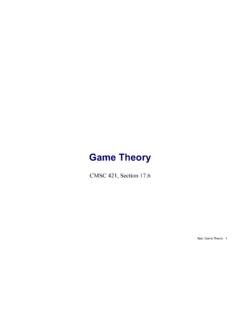


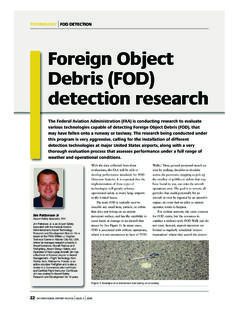
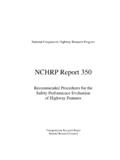
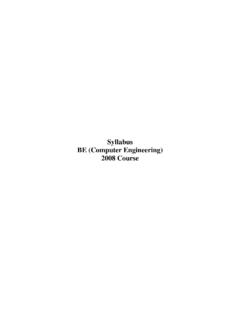
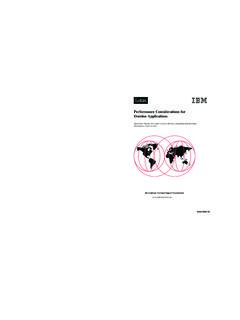
![ABSTRACT arXiv:1409.1556v6 [cs.CV] 10 Apr 2015](/cache/preview/4/e/0/e/4/4/2/c/thumb-4e0e442c20fc4f8e108fa20a1095af07.jpg)
